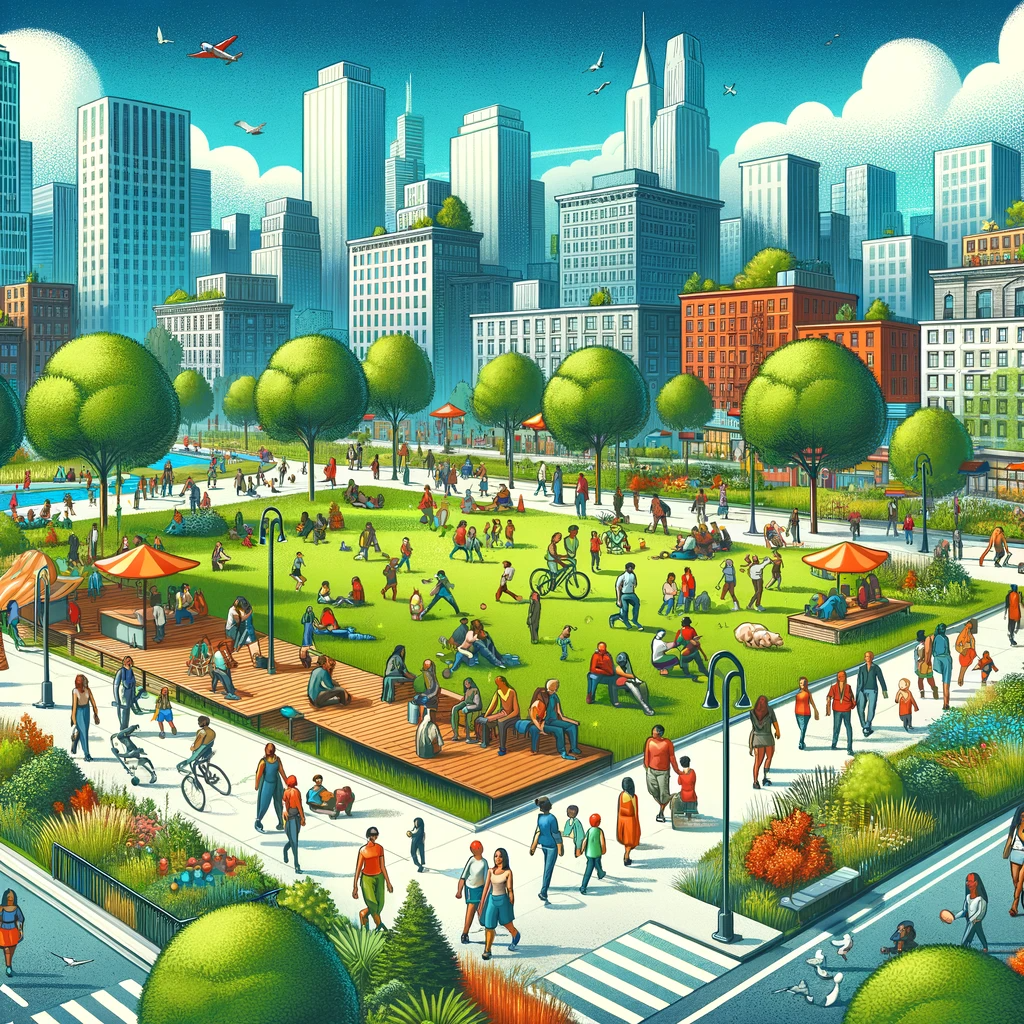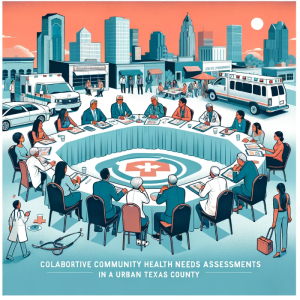
Understanding the Role of Public Open Spaces in Urban Life: Insights from a Systematic Review
Public open spaces are pivotal in our urban environments, influencing our daily behaviors, health, and well-being. The study A Systematic Review of Objective Factors Influencing Behavior in Public Open Spaces published in Frontiers in Public Health, sheds light on how these spaces impact our lives. This article provides a comprehensive analysis of the interactions between behavior and the built environment in public open spaces, an area that has gained even more significance in the wake of COVID-19.
The Vital Role of Public Open Spaces
Public open spaces are integral to urban life, offering a place for recreation, leisure, and social interaction. They encompass parks, green spaces, esplanades, and other areas that are freely accessible to the public. How we interact with these spaces can tell us a lot about our environmental perceptions and contribute to our physical and mental health.
Key Findings from the Systematic Review
The study reviewed 109 papers published between 2000 and 2021, following the PRISMA method. It highlighted four key factors influencing behavior in public open spaces:
- Personal Background: Factors like age, gender, and socio-economic status significantly affect how individuals use and perceive these spaces.
- Location and Context: The specific characteristics of a space, including its urban setting, accessibility, and amenities, play a crucial role.
- Environmental Component: Elements like greenery, shelters, and facilities within a space can attract or deter users.
- Climate Stimuli: Weather conditions and seasonal changes greatly impact the use of open spaces.
Implications for Public Health and Urban Design
This systematic review underscores the importance of considering a range of factors when designing and managing public open spaces. Understanding these influences can help urban planners, architects, and policymakers create spaces that promote health and well-being. In the context of COVID-19, the study emphasizes the need to adapt urban spaces to changing outdoor needs and behaviors.
Future Directions
Post-COVID-19, there’s a need for more inclusive research in behavior-based studies in public open spaces. While the review provides a comprehensive understanding of objective influencing factors, it also reveals gaps in research, especially in less developed areas and subjective factors like safety and aesthetics.
Conclusion
The study offers valuable insights into the complex dynamics of public open spaces and their role in urban life. By considering a wide range of influencing factors, we can better design and manage these spaces for the benefit of all urban dwellers.
Public Health Science? Sure!
Our weekly newsletter gives you a front-row seat to the latest health initiatives, research revelations, and advocacy efforts shaping our neighborhood’s health landscape. It’s your chance to stay connected, informed, and ready to act on issues that matter deeply to you. Become a subscriber today and take the first step towards a more informed, healthier community life.



